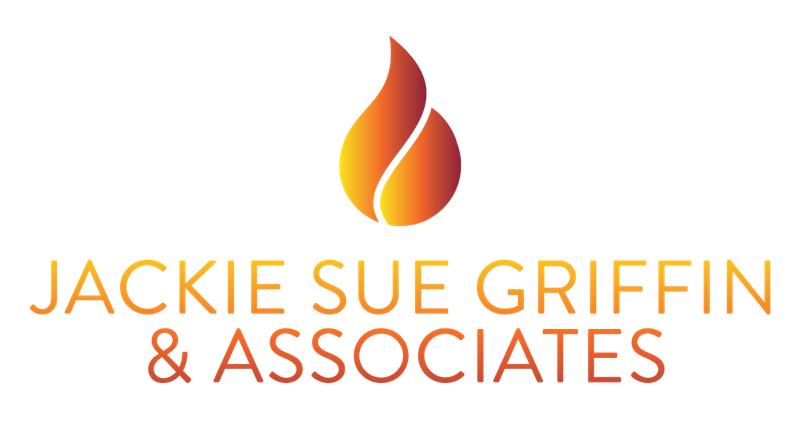
16 Apr Evidence-Based Decision Making for Nonprofits: 3 Methods to Evaluate Your Impact
Nonprofits are facing increasing pressure to demonstrate their impact and make informed decisions. Organizations must continuously justify the allocation of resources, the focus of their programs, and the strategies in place to remain relevant going forward. One effective way to do all of the above is to collect data that proves your organization’s effectiveness and impact on your community. Using this to guide decision making will help your nonprofit focus on the needs of your community and allocate resources to where they are needed most. In this article, we’ll explore strategies and best practices for collecting data and using it to grow your nonprofit’s impact.
Recommended Methods for Collecting Data
The Modern Survey
Surveys are a great way to get direct feedback from your community. Surveys can be easily made by any member of your team using programs like Survey Monkey, Mailchimp, Qualtrics, or Jotform. These programs work as ready-made templates and allow you to enter questions and potential answers or leave open-ended questions for respondents to fill out. You can get demographic information, feedback from programs, or simply listen to requests for improvements in your organization. These questionnaires are easy to make and distribute through email marketing, scannable QR codes at events, and links on your website or social media. This makes them an ideal method for research on any scale.
A More Personal Approach
Personal Interviews and focus groups are a more qualitative method of getting feedback. You can request members of your community or individuals who have benefited from your programs to share their experiences with you and give you an insider’s perspective on your impact in their lives. These interviews should be recorded or transcribed. These are a great way to get testimonials for your website or social media and can lead to detailed insights on areas of your organization that might need improvement, or that are successful and need more funding to continue.
Taking Advantage of Existing Databases
Your organization can also benefit from research conducted by others in similar circumstances. Search existing databases for information that will apply to your organization without needing to conduct your own surveys, interviews, or focus groups. This information will not apply directly to the personalized need of your organization’s inner workings, but it can help unveil industry secrets and help you stay ahead of the curve by predicting trends and pointing out blind spots you may have previously missed.
Combining Research Methods
Ideally, organizations can use a combination of these methods to gather data from multiple sources and stakeholders to broaden understanding of where they are making an impact in their communities, and where there is room for growth. This enables organizations to make more informed decisions and develop evidence-based strategies.
Analyzing and Applying the Data You Collect
After collecting data through various methods, the next step is to analyze and interpret your results to find insights and apply this directly to your organization’s decision making. Look for patterns, trends, and relationships within the data to draw evidence-based conclusions. Nonprofits can try many different tools for data analysis, including programs for statistical analysis, qualitative coding, and data visualization. By analyzing data systematically, organization leaders can uncover insights that allow them to better design programs and allocate resources.
Continuously Making Improvements
Embrace a culture of change in your nonprofit as you rely on evidence-based methods of collecting information. By regularly reviewing and analyzing this data, you will be able to identify areas for improvement, refine strategies, and optimize your programs and initiatives over time. As your organization adapts through data-driven decision making, you position yourselves for greater success and effectiveness, ensuring the continuation of your mission and lasting change in the community for years to come.

No Comments